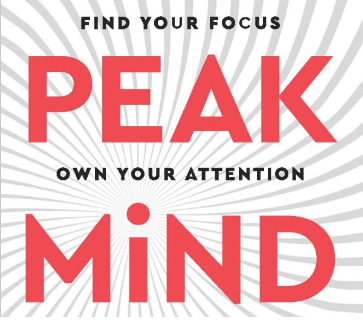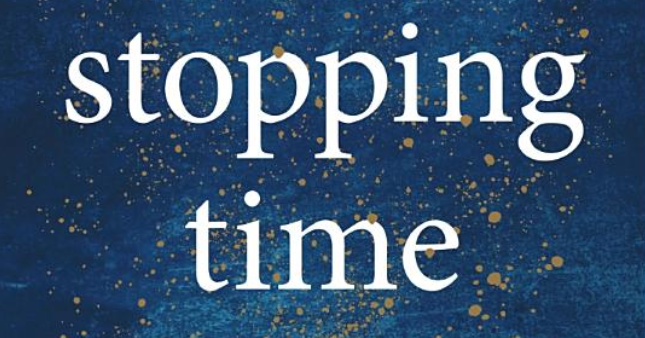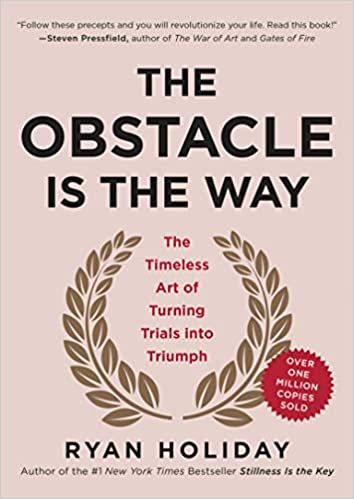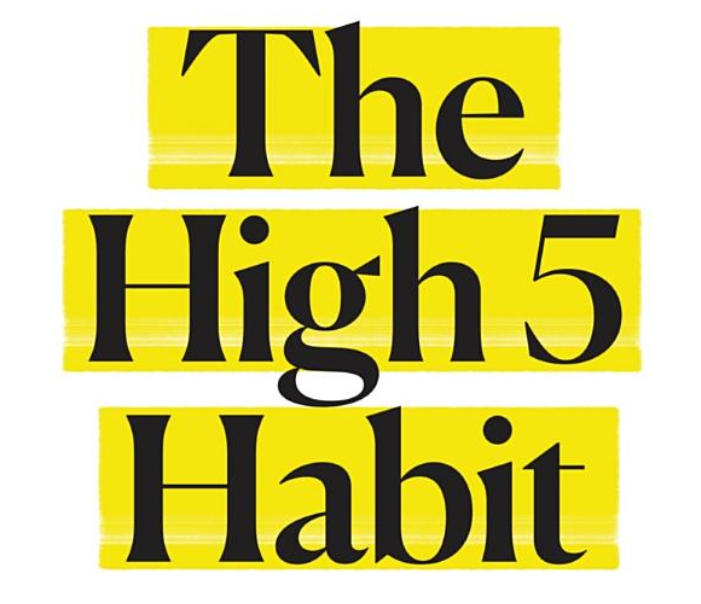Peak Mind

Flashlight: With the flashlight, we focus on the now. If we are too focused, we can miss the bigger picture.
Floodlight: With floodlight, our attention is on high alert. What could be happening at the moment that may propose risk or, in some cases, opportunity?
Juggler: The juggler is the CEO of the mind. Whatever the challenge, the juggler is on top of tackling everything.
Three things zap the ability to pay attention. They are stress, threats, and mood. When stressed, whether in business or home, it blocks our ability to focus. When there are threats, we focus on personal safety instead of thoughts. The final item that eliminates our ability to pay attention is mood. From depression to the blues, it dramatically reduces our ability to focus.
When it comes to making memories, there are three steps:
1. Rehearsal: Rehearsal is repeating something over in mind. It could be a PIN or a person’s name.
2. Elaboration: Elaboration is tying something new to an existing memory.
3. Consolidation: Consolidation creates new neural connections.
The author shares that meditation helps with all three brain systems and creates memories. She recommends 12 minutes a day for five days a week, and a technique is known as breath awareness. In breath awareness, start with a quiet place. Sit, close your eyes, and breathe. Follow your breath and nothing else. If your mind wanders, bring it back to your breath. If you’re new to mediation and want guidance, try an app like Headspace.



